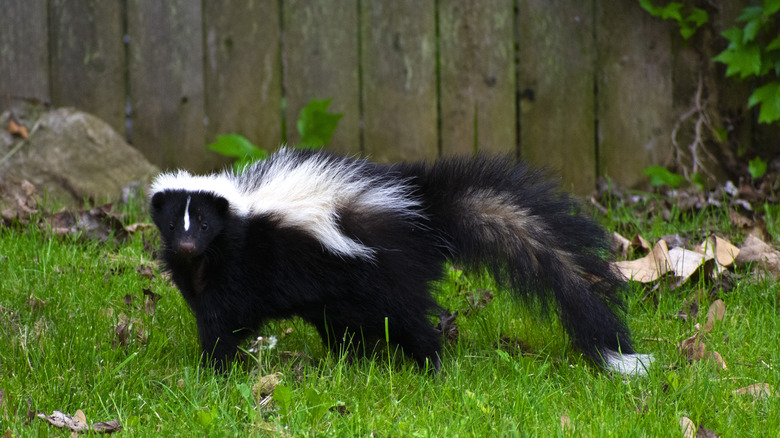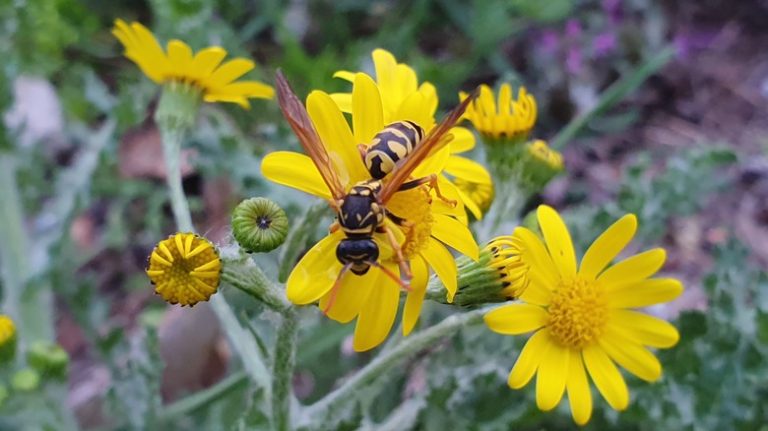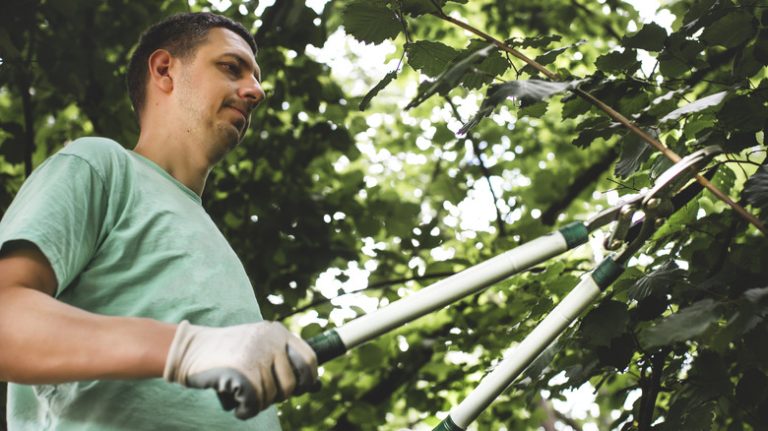We may receive a commission on purchases made from links.
When dealing with the nuisance of skunks in your yard, motion-activated sprinklers emerge as an effective and humane solution. These clever devices are designed to discourage skunks from invading your outdoor spaces without causing them harm. Skunks, known for their distinctive odor, can be a real headache for homeowners. They dig up lawns in search of grubs and leave unsightly holes, and their spray can be difficult to remove from surfaces and pets. Moreover, skunks can carry diseases like rabies, posing a health risk to humans and animals alike. This is where motion-activated sprinklers come in.
These sprinklers work by detecting movement through infrared sensors. When a skunk or any other animal comes within range, the sprinkler system reacts by releasing a burst of water. This sudden spray is effective at startling skunks and creates an uncomfortable and unwelcoming environment for them. Naturally, this encourages them to seek other areas away from your property. Some homeowners have reported sprinklers to be effective, some even recording them in action.
This method of skunk deterrence is advantageous for several reasons. It’s non-invasive and does not involve harmful traps or chemicals, making it safe for use in homes with children and pets. Additionally, you can easily install and adjust them to cover key areas in your yard where skunks are most likely to venture. However, it might be best to use sprinklers as part of a broader strategy to get rid of skunks.
Understanding motion sprinklers: features and top brands
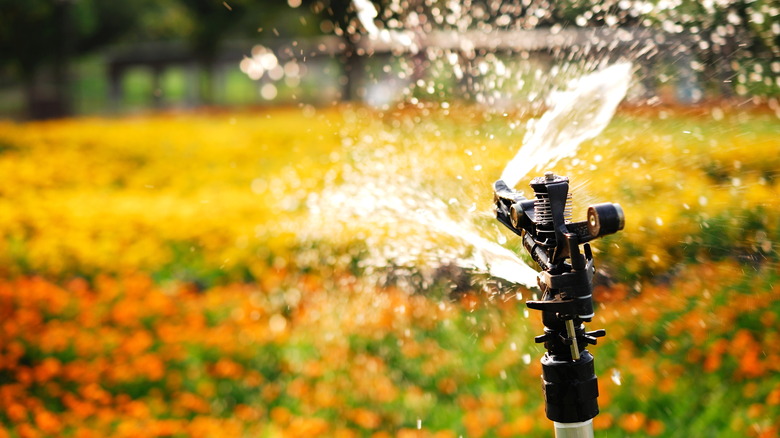
As mentioned earlier, the cornerstone of these sprinklers is the motion sensor, which is typically capable of detecting movement up to 1,200 square feet or more. Some of these sensors operate even in low-light conditions, providing essential round-the-clock protection for your yard. To enhance their effectiveness, some models also include additional features like flashing lights, which further discourage skunks and other wildlife from encroaching on your property. Three brands stand out for their reliability and performance: the Orbit Yard Enforcer, the Havahart Spray Away, and the Hoont motion sprinkler. Each offers unique features catering to different needs.
Moving on to the setup of motion sprinklers. Successfully deterring skunks involves strategic placement and proper setup. First, understand skunk behavior and habits. Skunks, primarily nocturnal creatures, are known to forage at night. They are drawn to gardens, pet food, and garbage, seeking food and shelter. These animals often prefer areas that provide cover, such as dense vegetation, bushes, or sheltered spaces near building foundations. When setting up the sprinklers, you’ll need to cover the paths skunks are likely to take. The goal is to create a barrier that skunks will not want to cross. For optimal results, adjust the sensitivity and range of the sprinklers to match the size of your yard and the specific areas you want to protect. In larger gardens, you may need multiple sprinklers to cover all vulnerable spots. Remember to check and maintain your sprinklers regularly.
Integrating motion sprinklers with other skunk-repellent strategies
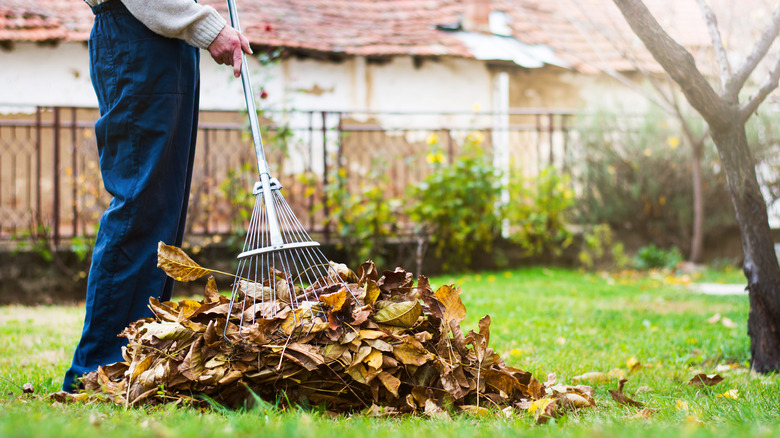
If you’re looking for ways to deter them beyond just using sprinklers, you’ve got several options. First off, tackle the food sources. Skunks are always on the prowl for an easy meal. They feed on both plants and small mammals, like mice and moles. Leftover pet food is another food source, so remember to bring those pet dishes inside at night and make sure your garbage cans have tight-fitting lids. Got a compost pile? That could be attracting skunks, too. Switch to a compost bin with a secure lid to cut off this food source. Next, take a look around your yard for potential skunk hideouts. Skunks love cozy spots like woodpiles, brush, and dense shrubs to set up their dens. By clearing out these areas, you’re essentially removing their welcome mat. Keep your yard neat and tidy, and these critters are less likely to hang around.
Finally, don’t overlook the power of ammonia or vinegar-soaked rags. Skunks particularly detest ammonia, a pungent chemical that is frequently present in cleaning supplies. Its odor acts as a natural deterrent. You can create a repellent by soaking rags in ammonia or vinegar and strategically placing them around your yard. When using ammonia, it’s crucial to be cautious. This chemical can be harsh, so ensure the rags are placed out of reach of pets and children. Also, consider the impact on your plants; ammonia should be used sparingly and carefully to avoid any damage to your garden.

